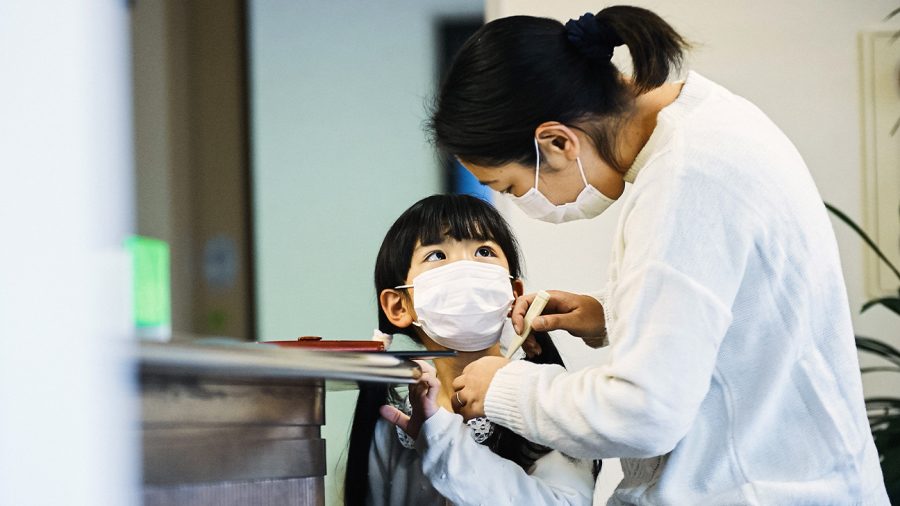Wearing a face mask often helps people feel protected and reassured. But can a surgical face mask keep you from being exposed to or transmitting certain infectious diseases?
And, if face masks do shield you from infectious diseases, such as COVID-19, is there a proper way to put them on, take them off, and discard them? Keep reading to find out.
What is a surgical face mask?
A surgical mask is a loose-fitting, disposable mask that’s rectangular in shape. The mask has elastic bands or ties that can be looped behind your ears or tied behind your head to hold it in place. A metal strip may be present at the top of the mask and can be pinched to fit the mask around your nose.
A properly worn three-ply surgical mask may help block transmission of large-particle microorganisms from droplets, sprays, splatters, and splashes. The mask may also reduce the likelihood of hand-to-face contact.










